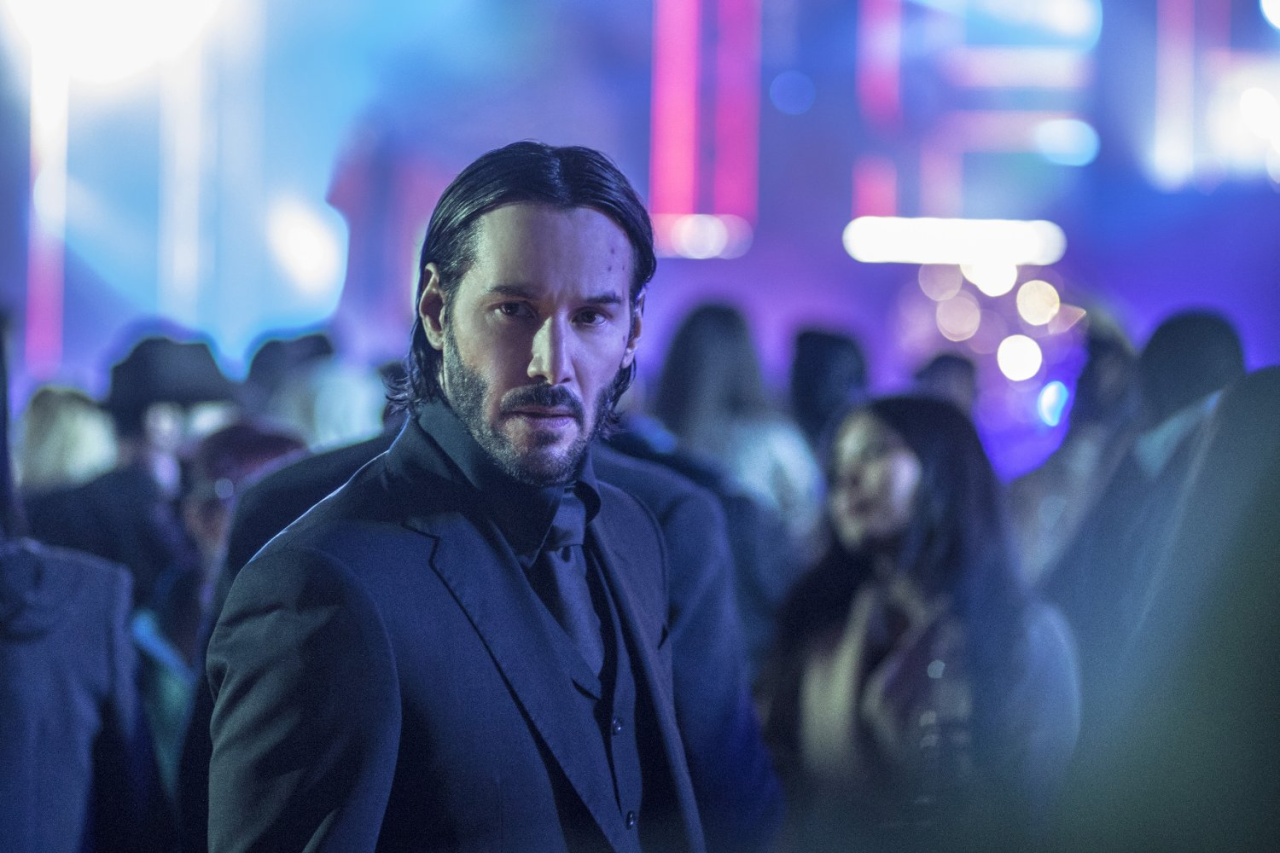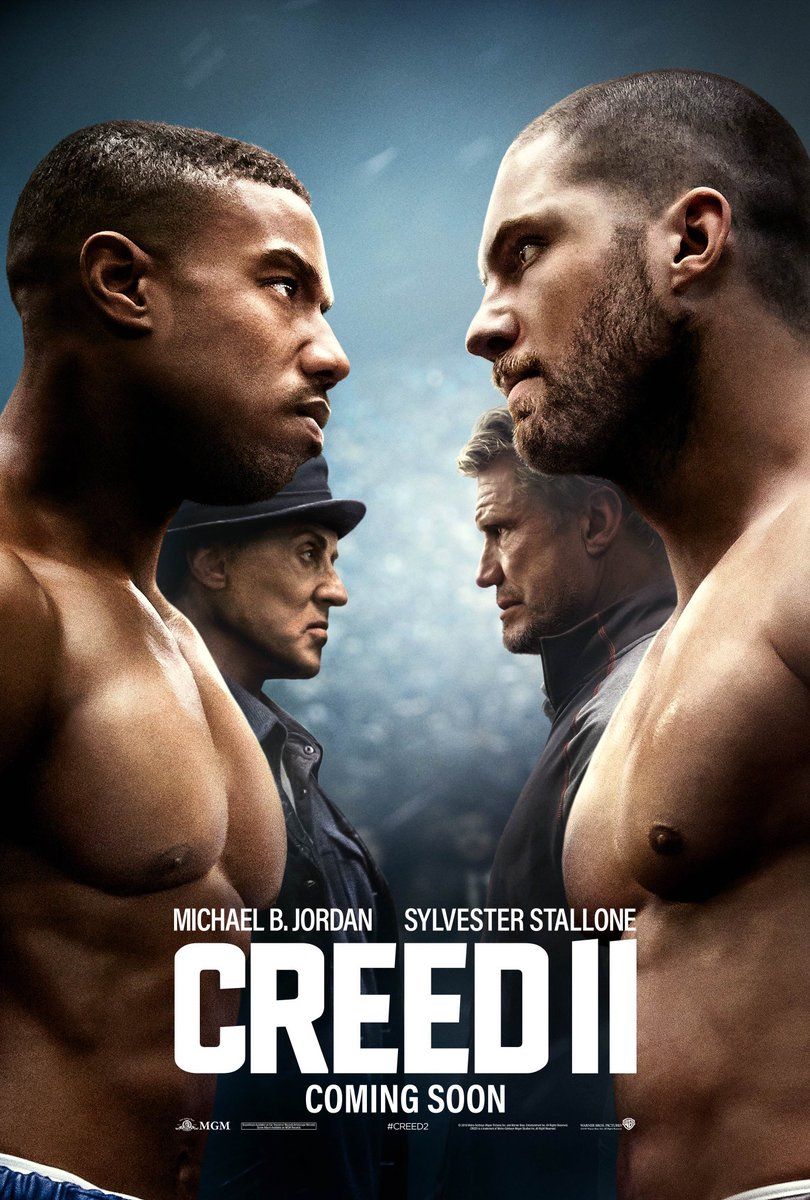 https://itunes.apple.com/us/movie/la-la-land/id1179249419
https://itunes.apple.com/us/movie/la-la-land/id1179249419
Following Wednesday’s release of the teaser trailer for Quentin Tarantino’s ninth film, Once Upon A Time In Hollywood, which returns to the classic Hollywood of yesteryear, I thought I would review a more modern take on Los Angeles, the “City of Stars”: 2016’s La La Land.
Directed by Damien Chazelle and starring Emma Stone and Ryan Gosling, La La Land was essentially the Oscar Best Picture runner-up behind Moonlight, and by mistake!
Suffice it to say this is a great film, in addition to being a musical. Everything from the music to the cast – which even includes renowned singer-songwriter John Legend – flows seamlessly. Boasting a costume and color scheme that closely resembles Les parapluies de Cherbourg (The Umbrellas of Cherbourg, a 1964 French classic) – intentionally, as Chazelle has indicated in many interviews), the film is both nostalgic and modern. One particular juxtaposition, among the best in the film, involves Stone’s character, Mia, dancing in classic multicolored Hollywood attire with her friends before jumping into…wait for it, a Prius!
 https://itunes.apple.com/ch/movie/the-umbrellas-of-cherbourg-les-parapluies-de-cherbourg/id782204354?l=en
https://itunes.apple.com/ch/movie/the-umbrellas-of-cherbourg-les-parapluies-de-cherbourg/id782204354?l=en
Chazelle’s knowledge of his profession is innate; after his smash-hit Whiplash (2014), he returned to his French roots and crafted an intimate portrayal of lovers, dreamers, and the true essence of Hollywood. His sense of viewer engagement and cinematic rhythm – foreshadowing, buildup to the ending, character development, etc. – are perfect.
From an acting standpoint, Stone and Gosling are quite well-cast. Gosling is a bit wooden at times, and Stone can be a little too contemplative, but they each fit perfectly into their respective roles. Gosling already demonstrated his acting chops as an eccentric business executive in The Big Short (2015), and he remains a stalwart this time around. His more timid, reserved nature fit well into the role of Sebastian, a slightly extroverted but overall modest jazz musician.
The sentimentality that the trio of Chazelle, Stone, and Gosling add to the film is undeniable, but the film is not without flaw. The film’s ending (spoiler alert!), albeit extremely revolutionary – quite French in its lack of a traditional happy ending – is poorly introduced. Though handsome, Tom Everett Scott, best known as Guy, the young, ambitious drummer in the Tom Hanks-directed That Thing You Do (1996), is portrayed as overly condescending. For example, Scott’s character, Mia’s husband, and Mia employ a Hispanic housekeeper in their home, while in their flashbacks, Mia and Sebastian employ a white nanny. This sort of racial subtext exaggerates the disparity between Mia’s husband and her ideal life with Sebastian, but I do not believe that Scott is effectively utilized as an actor.
These are just minor criticisms, but overall, La La Land is a masterpiece!
Final rating: 3 out of 4 stars



/cdn.vox-cdn.com/uploads/chorus_asset/file/13599930/captainmarvelbrielarson.jpg)

.jpg)























